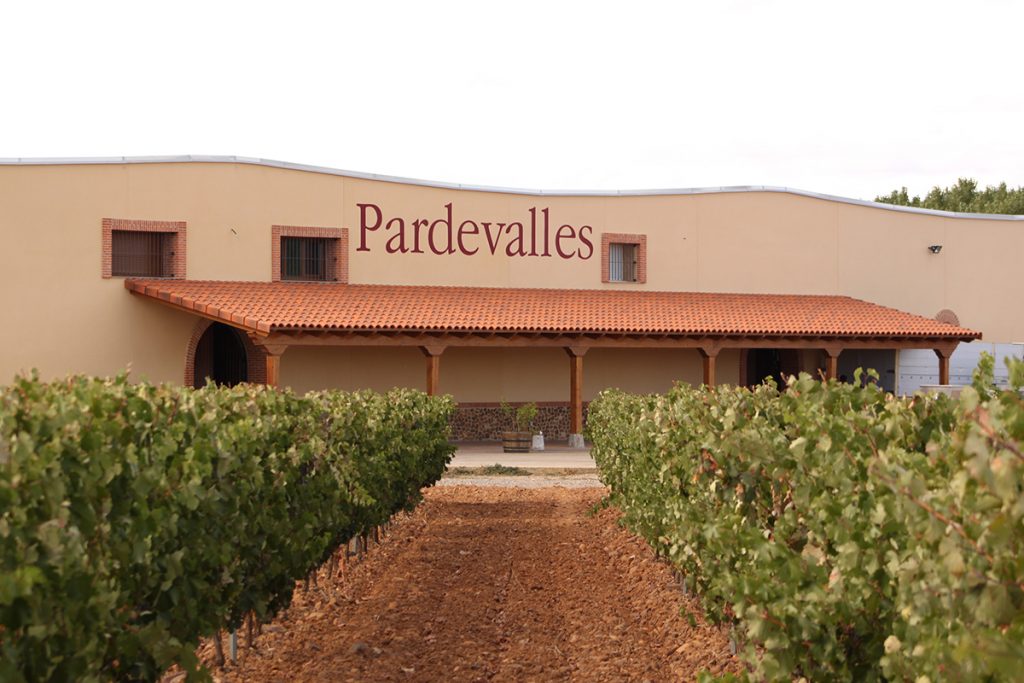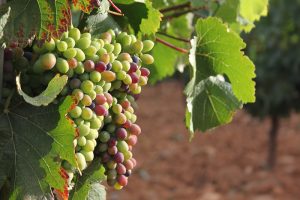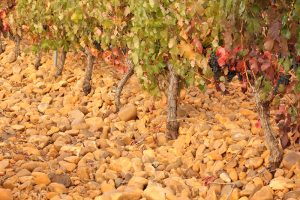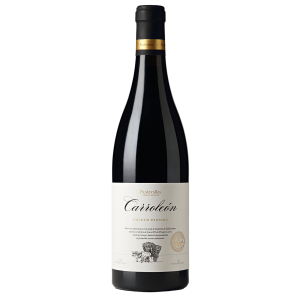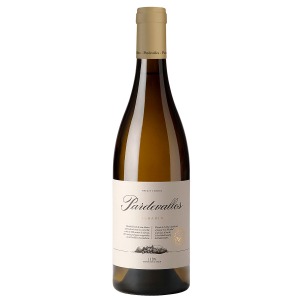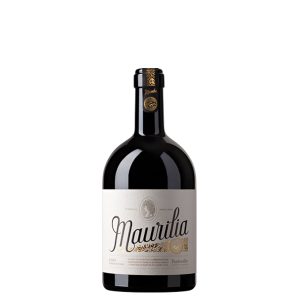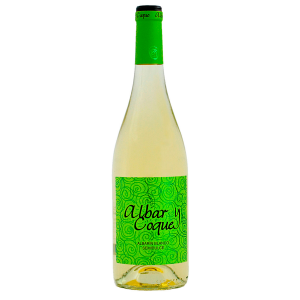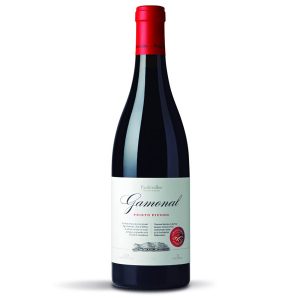October has arrived and, with it, the long-awaited annual harvest in León. And it is that the harvest is the key moment for any winemaker, it is the time of the year in which it is seen if the harvest will be good or not. This process is much more complex than it may seem at first glance. Not only for the grape harvest itself, which must be done with great care. Also because a series of external factors come into play that can greatly influence the state of the grape. In this article we tell you how the harvest is carried out, the keys that we must take into account and how to find the perfect balance between acidity and ripeness of the grape to know that it is at its ideal point.
The first thing to know is that there is no exact date to harvest, but rather this will depend on the type of grape and the weather conditions, mainly. The first thing to know is that there is no exact date to harvest, but rather this will depend on the type of grape and the weather conditions, mainly. The first thing to know is that there is no exact date to harvest, but rather this will depend on the type of grape and the weather conditions, mainly.
Each vintage is a world, of that there is no doubt. Its success lies in a Each vintage is a world, of that there is no doubt. Its success lies in aEach vintage is a world, of that there is no doubt. Its success lies in a
Each vintage is a world, of that there is no doubt. Its success lies in a
Each type of wine requires a different maturation of the grape, and each type of grape ripens at a different rate. The key is to determine when the best possible balance between all these components occurs to find the perfect wine. This is where the joint wisdom of the winemaker, the winemaker and the viticulturist comes into play. Each of these actors offers their knowledge and experience to reach a consensus on when is the best time to pick the grapes. The maturation of the grape is related to the level of sugar, the maturity of the skin and even of the seed:
- Physiological maturation: the level of sugar that each grape acquires will affect the degree of alcohol, since in the fermentation process, a greater amount of sugar will translate into more alcohol content. It is important to find a tandem between sugar and acidity.
- Phenolic maturation: the level of sugar that each grape acquires will affect the degree of alcohol, since in the fermentation process, a greater amount of sugar will translate into more alcohol content. It is important to find a tandem between sugar and acidity.
Weather and soil conditions: How do they influence the harvest?
Weather and soil conditions: How do they influence the harvest? the ripening of the grape is not the same if the vineyard is in a stony soil than if it is located in a clay or limestone one.
Weather and soil conditions: How do they influence the harvest?
If we talk about the climate, there are several elements that we must take into account: the temperature, the thermal difference between day and night, humidity, the orientation of the vineyard, the aggressiveness of the wind, etc.If we talk about the climate, there are several elements that we must take into account: the temperature, the thermal difference between day and night, humidity, the orientation of the vineyard, the aggressiveness of the wind, etc.
Likewise, a period of excessive rain just before the harvest may not be the most suitable for it. If the grape has excess water, its aromas will be more diluted, because it will be less concentrated. This is the main reason why it is not convenient to harvest when the grapes are still wet. In addition, an excess of humidity in the plant can cause the appearance of fungi that damage it.
Likewise, a period of excessive rain just before the harvest may not be the most suitable for it. If the grape has excess water, its aromas will be more diluted, because it will be less concentrated. This is the main reason why it is not convenient to harvest when the grapes are still wet. In addition, an excess of humidity in the plant can cause the appearance of fungi that damage it.
Likewise, a period of excessive rain just before the harvest may not be the most suitable for it. If the grape has excess water, its aromas will be more diluted, because it will be less concentrated. This is the main reason why it is not convenient to harvest when the grapes are still wet. In addition, an excess of humidity in the plant can cause the appearance of fungi that damage it.
- 1Likewise, a period of excessive rain just before the harvest may not be the most suitable for it. If the grape has excess water, its aromas will be more diluted, because it will be less concentrated. This is the main reason why it is not convenient to harvest when the grapes are still wet. In addition, an excess of humidity in the plant can cause the appearance of fungi that damage it.: The winemaker, the winemaker and the viticulturist must examine the grapes almost daily. In this way they can see its evolution and control, more effectively, its maturation process.
- Harvest: The winemaker, the winemaker and the viticulturist must examine the grapes almost daily. In this way they can see its evolution and control, more effectively, its maturation process.
- Post control: The winemaker, the winemaker and the viticulturist must examine the grapes almost daily. In this way they can see its evolution and control, more effectively, its maturation process.
- Destemming: this process is carried out only with the grapes that have passed the quality control, and consists of separating them from the stem and other vegetable particles that may accompany the bunch.
- Squeezed: this process is carried out only with the grapes that have passed the quality control, and consists of separating them from the stem and other vegetable particles that may accompany the bunch.
- Maceration and fermentations: once the grape has been crushed, maceration is carried out to ensure that the must extracts all the aromatic components and polyphenols that are found mainly in the skins and seeds. In the production of white and rosé wines, maceration is only pre-fermentation, lasting one or two days, at which time bleeding is carried out to separate the must from the skins and seeds. The musts will ferment by themselves with the action of the yeasts that will transform the sugar into alcohol, turning the must into wine. In the case of red wines, the maceration is carried out throughout the fermentation, which is why red wines extract all the color from the skins and, most importantly, the tannins from the seeds. Once the fermentation is finished, the devatting is carried out to separate, in this case, the red wine from the skins and seeds. In both cases, the latter, commonly called orujos, are going to be used for the production of spirits by distillation.
- CrianzaPairing: Some wines, after fermentation, are aged in oak barrels, generally 225 litres. The objective is to achieve an aging that will give the wines toasted aromas from the barrel and the wood itself. In addition to rounding out the tannins and oxygenating the wines, among other things.
The harvest is the key moment of the year for the wineries. Knowing exactly when it is most suitable to pick the grape is essential to take advantage of its full potential for the production of some wines or others. This decision is influenced by external factors that must be analyzed precisely, such as the weather or the degree of maturation of the grape. Each vintage is different because each vineyard is unique. The important thing is to know the land, to know how to detect the perfect balance between the different components of the grape and to choose the exact moment to harvest it.





